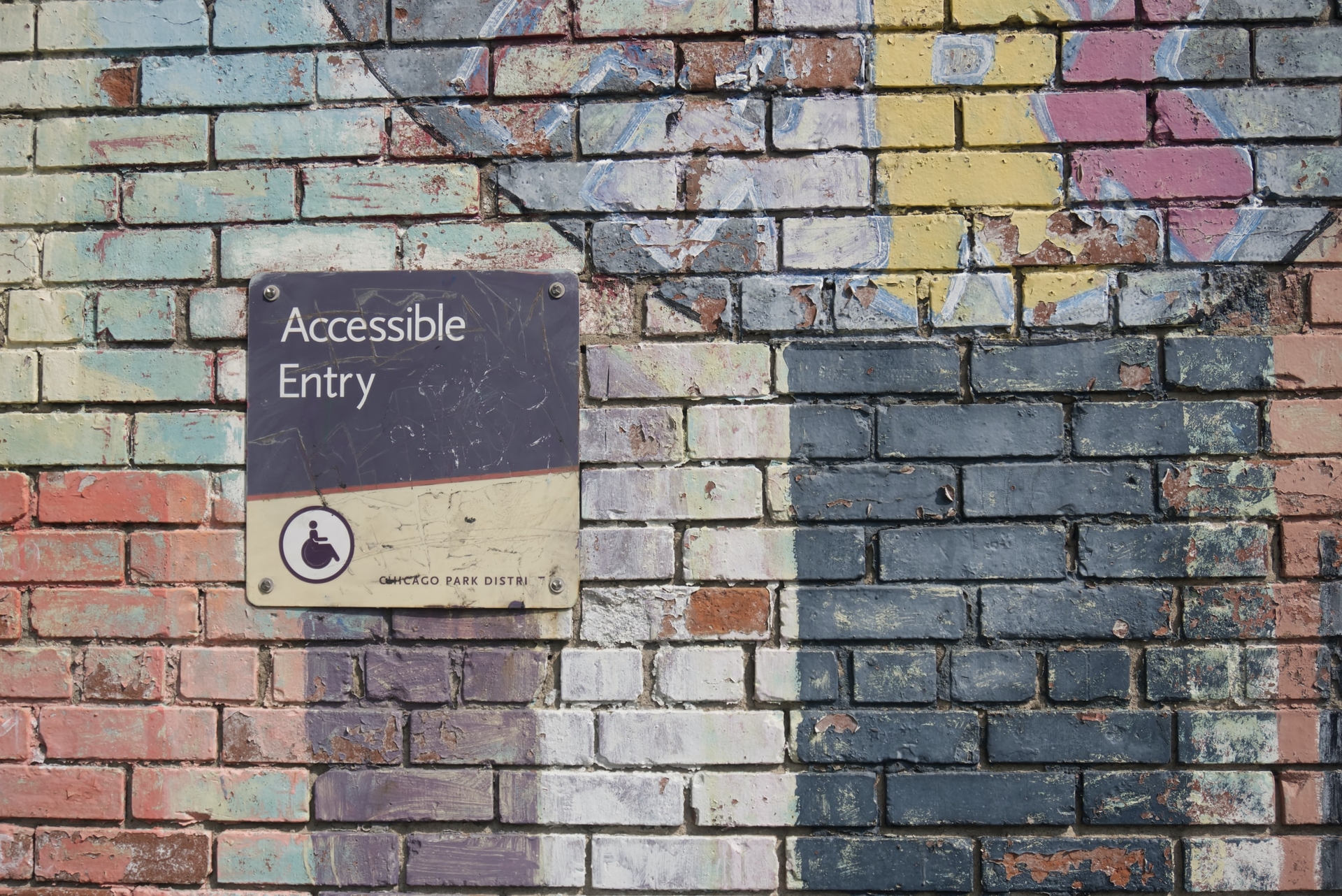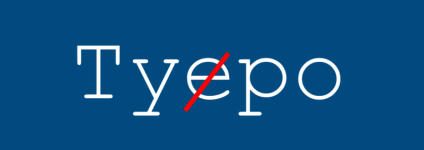2021 AODA WCAG Content Compliance in Ontario

Public web content in Ontario must meet Web Content Accessibility Guidelines (WCAG) 2.0 AA as of January 1, 2021. This shouldn’t be a shock as the Accessibility for Ontarians with Disabilities Act (AODA) has been around since 2005 and is intended to “reduce and remove barriers for people with disabilities so that Ontario can become more accessible and inclusive for everyone”. Sounds great, no arguments here.
Although how are organizations in Ontario doing 16 years later with new compliance rules in effect? And what does AODA/WCAG really mean when it comes to accessibility? Let’s take a quick look into the world of AODA and content accessibility.
What is AODA and public content compliance
With the January 1, 2021 AODA compliance date now behind us, businesses and non-profits in Ontario with 50 or more employees had make their public web content accessible based on Web Content Accessibility Guidelines (WCAG) 2.0 AA (with a few exceptions). On top of that, companies are required to submit a compliance report to the Government on June 30, 2021 (extended deadline). Designated public sector organizations, including municipalities and other identified organizations must file by December 31, 2021 (and every two years).
Current AODA Web content exceptions:
- WCAG Success criteria 1.2.4 (live captions)
- WCAG Success criteria 1.2.5 (audio descriptions)
- Web content published before Jan 1, 2012
The approach for accessible web content seems simple enough: verify your public web content (web pages and related public documents) meet WCAG 2.0 AA and file a report every few years to let the government know you are compliant. Easy peasy. There is also some incentive, oops, I mean possible penalties in the form of fines. Up to $50,000 for an individual, or $100,000 for a Corporation… per day! Oh, and potential fines up to $50,000 per day to directors or officers of a corporation. Incentive. However, the government isn’t driven by potential revenue (they can just raise taxes) so expect much smaller fines or even just some warnings and proof of a strategy to fix issues over the next few years. This makes sense as the intent is long term accessibility, not fines.
The Status of AODA web content in 2021
So how are we doing? Are most websites and public documents WCAG 2.0 AA compliant? In short, it doesn’t look very good. Almost all sites I visit have an abundance of errors - although some are more obscure than others. However, many organizations are most likely submitting their compliance reports stating their content is sufficient. But this isn’t as nefarious as it seems. Companies are likely attempting to be truthful, but they just aren’t aware of the non-compliance. And at what point do you say a website isn’t compliant? If 2 web pages aren’t compliant out of 500? 20 pages? What if the website is compliant but not the related documents? Is attempting compliance the same as being compliant? (answers: Unknow, maybe, maybe, not compliant, no/maybe)
2020 Accessibility Compliance Report Question #9: Other than the requirements cited in the above questions, is your organization complying with all other applicable requirements in effect under the Information and Communications Standards?
Issues exist everywhere. Case and point: The Ontario Government web page where you download the 2020 Compliance Report doesn’t pass an accessibility checker. That’s right, the “steps to open and complete form” list on the page, isn’t a proper list and doesn’t have proper list items. Technically, not passing WCAG 2.0 AA. As we will discuss below, this isn’t necessarily a complete fail or reflection of the bigger site. To be honest, the Ontario.ca site is one of the better sites for meeting WCAG 2.0 AA (especially considering the size and volume of tables/charts). Let’s say this specific example is more of a typo, and likely be be corrected when the next form is posted.
Wondering how other companies could think non-compliant websites are compliant? Well, a big part of this is based on there not being a fast, easy, automated way to check. But wait, what about all those “accessibility checkers”? Those are a great start but they can’t check everything. An automated check can tell you if the page is non-compliant, but it can’t tell you if a page is compliant. How can an automated check determine if a line of text is supposed to be a paragraph, a heading, or in a list? Is that cell in a table supposed to be a header or data cell? Sure, maybe one day the checkers will use AI to fill this gap, but we aren’t there yet. For now, final review of content accessibility continues to be manual process. This is true for both websites and documents (docx, pdf, etc). Side note: Manual review isn’t complicated, nor does it take long - but it’s still manual and you need to know what to look for.
Accessibility Checkers
There are lots of free and extremely useful accessibility checkers out there. As well, Microsoft Word continues to improve its built in Accessibility tools, along with Adobe Pro for PDFs. Please use these tools as they are a great starting point.
Great/free accessibility checkers:
There are also some amazing subscription/cost based checkers that have additional features, automated scheduling, and can crawl the entire site. But regardless of the checker used, we can’t stop there. A manual review is still needed. Remember, the automated checker can’t tell us if a page or document is fully WCAG 2.0 AA compliant. The Adobe Pro Accessibility checker can’t tell us if our PDF is fully accessibile either (it actually tells you a manual check is required for specific items like Reading Order).
Accessibility typos
If you are striving for accessibility and staff have the proper training to catch and fix issues, you are well on your way to success. We can’t expect accessibility perfection (sadly). There will always be spelling error (typos) that sneak by, and there will most likely be accessibility typos too. Since part of WCAG requires a manual check, the chance for human error/omission remains. Personally, I don’t think finding a single small accessibility typo means a website fails (Ontario.ca). Although if an issue is built into your website framework, it could mean that every single page technically isn’t compliant.
The goal of a good accessible website is to start with a good and accessible framework/template. This framework will set default fonts, sizes, proper heading styles, colours, and other features that give the opportunity to be WCAG 2.0 AA compliant. Next we need good content that uses the the appropriate styles and features to meet WCAG 2.0 AA. This really means that creating accessible content is everyones responsibility. If we are involved in the technology or the content (website, document), we should keep accessibility in mind.
Side-bar: The Co-operators Group
A shout-out to the Co-operators group for being open about their content accessibility struggles. In January 2021, the Co-operators group published a web page on PDF Requirements & Guides that acknowledged they were non-compliant with their public PDFs by the Jan 2021 deadline. They go on to explain their goal to fix this issue by setting project with target date (March 31, 2021) along with training and remediation plans. They would also send bi-weekly email updates on the status to various teams on the project.
“We are working towards a target date of completion of March 31, 2021. A few key things about this – if we are audited by the Ministry, we want to have a date to provide them as part of our overall action plan.” ~ Source: Co-operators (website quote)
As this Co-operators web page is focused on PDF Accessibility Requirements & Guides, there is also a wealth of information on making WCAG 2.0 AA compliant PDF. This is an excellent resource overall. Please note there are some minor guidance issues (section on PDF reading order). That said, this is still a great resources to add to your collection.
Accessibility can be sexy and good for business
Thankfully we don’t need to choose between visually appealing or accessible content. We can, and should, strive for both with public content (web, documents). Matter of fact, why limit this to public content?! If we update our approach to all organizational content, even better. This would add to awareness, everyone would have more experience making accessible content, and makes our organizations more inclusive to draw the best talent.
Why wouldn’t you want to promote your organization to the 61 million adults in the US that live with a disability? With 26% of adults in the US having some type of disability (CDC), an accessible website can lead to more business opportunities.
There is no sacrifice here. If we think of our visual and accessibity outcomes while we develop a document or website, both can be acheived with little extra effort. If we ignore accessibility until the end, the remediation effort can be significant. There are some really great examples of visually appealing websites and documents that are also WCAG 2.0 AA compliant (and Section 508 for that matter).
Lets keep moving forward with accessibility
I recognize that not every web page or app can be fully accessible. Having alternate formats or willingness to help the public are part of an accessibility plan too. Since this site discusses maps and apps in many cases, I realize this is one of the bigger gap areas for accessibility. But even if our maps can’t be fully accessible, keep moving forward and add as many accessible features as you can. When creating a map, use colours and shapes to your advantage. If you are working on developing a new app, add accessibility requirements to your success criteria (remember it’s easier to include accessibility upfront). If leveraging an Esri Story Map, use one with improved accessibility features already setup for you.
And have fun with it. Use your creativity to find new and innovative ways to include accessibility features in your public content. Contribute code to public repositories that have accessibility baked in. Share your findings and WCAG 2.0 tips with others. Hmmm, that gives me some ideas for future articles too.
Helpful Links
- WebAIM Web accessibility evaluation tool
- WebAIM Contrast Checker
- AChecker Web Accessibility Checker
- CDC Disability impacts all
Cover image: Daniel Ali on Unsplash June 07, 2021.
If you found my writing entertaining or useful and want to say thanks, you can always buy me a coffee.




